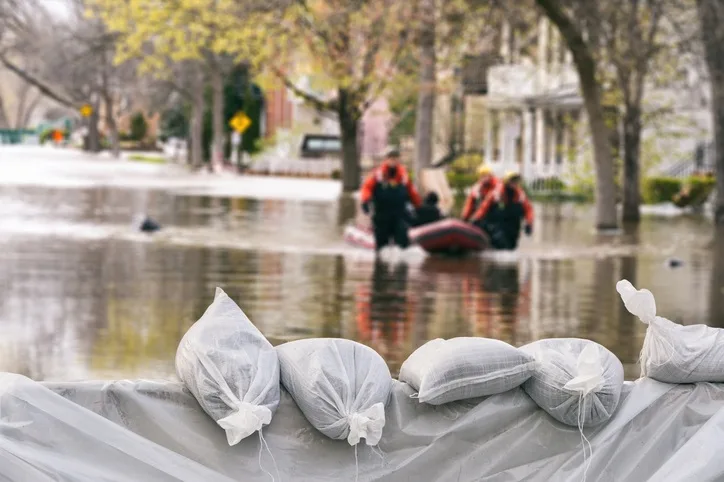
Stop taking selfies in flood zones, Montreal officials plead
No more pictures, please.
The Montreal fire department is asking disaster tourists to stay out of the city's flood zones, saying sightseeing could put the population at risk.
Most of the dikes, which are under extreme pressure, were hastily built as a temporary way to hold back spring floods, said Martin Guilbault, operations chief of the Montreal fire department.
Climbing on top of the dikes to snap selfies could cause them to breach, he said. That, in turn, could lead to a disaster like the one unfolding in Sainte-Marthe-sur-le-Lac, Que.
"The dike is in great stress, holding all that water, so we want a minimum of people around the dikes," he said. "It's important for the safety of everyone."
He added that driving around flooded neighbourhoods to view the damage is hindering the circulation of emergency vehicles. It has been a problem for several days and it needs to stop, he said.
"We don't want you to do that," he said. "We want you to stay home or if you have time, go volunteer and fill sandbags."
WATCH BELOW: HOW SOME PEOPLE IN QUEBEC ARE GETTING AROUND RIGHT NOW
RESCUE OFFICIALS WORK AROUND THE CLOCK
Montreal has so far escaped the worst of the flooding, though a state of emergency is in effect until at least Thursday.
About 100 people have been forced out of their homes and more than 2,000 residences have been inspected already in the most vulnerable zones, including ÎleBizard, Sainte-Geneviève and Pierrefonds-Roxboro.
As flood waters continue to put pressure on the city, Guilbault said the fire department has been focused on prevention — monitoring water levels and dikes around the clock.
People use a boat to navigate a street surrounded by floodwaters on Montreal's Île Bizard on Saturday. (Graham Hughes/Canadian Press) Nine multidisciplinary teams, which include rescue officials, building inspectors and electricians, are going door-to-door in flooded neighbourhoods to make sure properties and people are safe.
"They inspect house by house to make sure the people inside are OK," Guiilbault said, noting some homes are inspected two or three times in 24- to 48-hour periods.
"If it is dangerous, or the situation for those people is jeopardized, they are going to suggest evacuation."
This article was written for the CBC.









